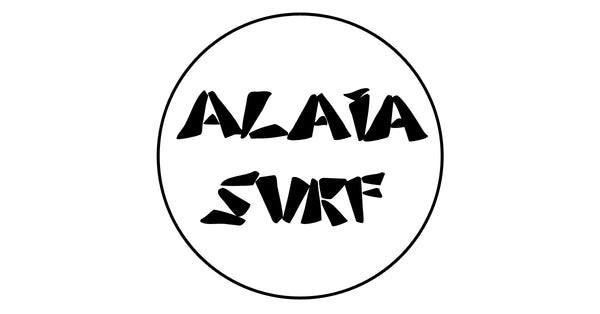The cold, dark and overfished waters of the North Sea are hiding marvellous treasures below its waves. These treasures lying in the sea-bottom have nothing to do with lost gold from an old shipwreck, but with worms. Yes, worms called ross worms (Sabellaria spinulosa) that build tubes and form reefs because not only coral builds up reefs. These reefs are an environmental gem that was thought to be extinct in the Dutch North Sea due to intense human activity.
The North Sea, one of the busiest seas in the world, has an important socio-economic value due to its fisheries, oil and gas extractions, harbours, and other industry, but it also has an essential biodiversity value. The North Sea is very fragile and any hope for life needs to be protected.
 Location of Brown Bank. Image courtesy of © OCEANA.
Location of Brown Bank. Image courtesy of © OCEANA.
In 2017, during a collaborative expedition between conservation group Oceana, the North Sea Foundation and scientists from the DISCLOSE project, fragile and ecologically important Sabellaria worm reefs were discovered in the Dutch waters of the Brown Bank, a shared area of the North Sea floor between the UK and the Netherlands. These reefs enrich the North Sea nature providing food and shelter to starfish, crabs, sharks and other fish. They are a biodiversity hotspot providing a home for a multitude of species, but the reefs are also very vulnerable to disturbances of the seabed.
 Edible crab in a Sabellaria spinulosa reef in Dutch waters of Brown Bank. Image courtesy of © OCEANA.
Edible crab in a Sabellaria spinulosa reef in Dutch waters of Brown Bank. Image courtesy of © OCEANA.
Because the Sabellaria reefs are vulnerable to physical damage, they are officially recognized as requiring conservation action. They are listed as threatened/declining by the OSPAR Convention for the Protection of the Marine Environment of the North-East Atlantic. Countries that have signed to OSPAR (like the Netherlands) are therefore obliged to take action to study and conserve them. In the United Kingdom, the Brown Bank has been granted national protection by law for just one species (harbour porpoise), but there are no measures in place to protect the fragile sea life on the Dutch side which is intensively fished by trawlers dragging heavy fishing gear across the seafloor.
 Trawl mark on the seabed in Brown Bank. Image courtesy of © OCEANA.
Trawl mark on the seabed in Brown Bank. Image courtesy of © OCEANA.
In addition to the reefs, Brown Bank serves as an essential spawning habitat for a variety of commercial fish species in the North Sea, like cod, herring, mackerel, sprat and plaice, and it is already known to qualify for inclusion in the Natura 2000 network of protected areas, due to its importance for seabirds. The discovery of the unique worm reefs is an additional argument for the protection of this unique North Sea nature reserve.
 The Brown Bank, a biodiversity hotspot. Image courtesy of © OCEANA.
The Brown Bank, a biodiversity hotspot. Image courtesy of © OCEANA.
Oceana, the North Sea Foundation and the Netherlands Society for the Protection of Birds have called for this area to be protected. The biodiversity importance of the Brown Bank has been recognized for many years and protection of the Brown Bank has been long considered a priority for the Dutch government, but even though the area meets the requirements for designating as a marine protected area, the Dutch authorities have so far failed to take action. And today more than ever, we need to protect areas that are so important to the health of the oceans and ourselves.
For more info on the Brown Bank:
Check out the North Sea Foundation Brown Bank fact sheet here (in Dutch)
Download Oceana Brown Bank report here (in English)

